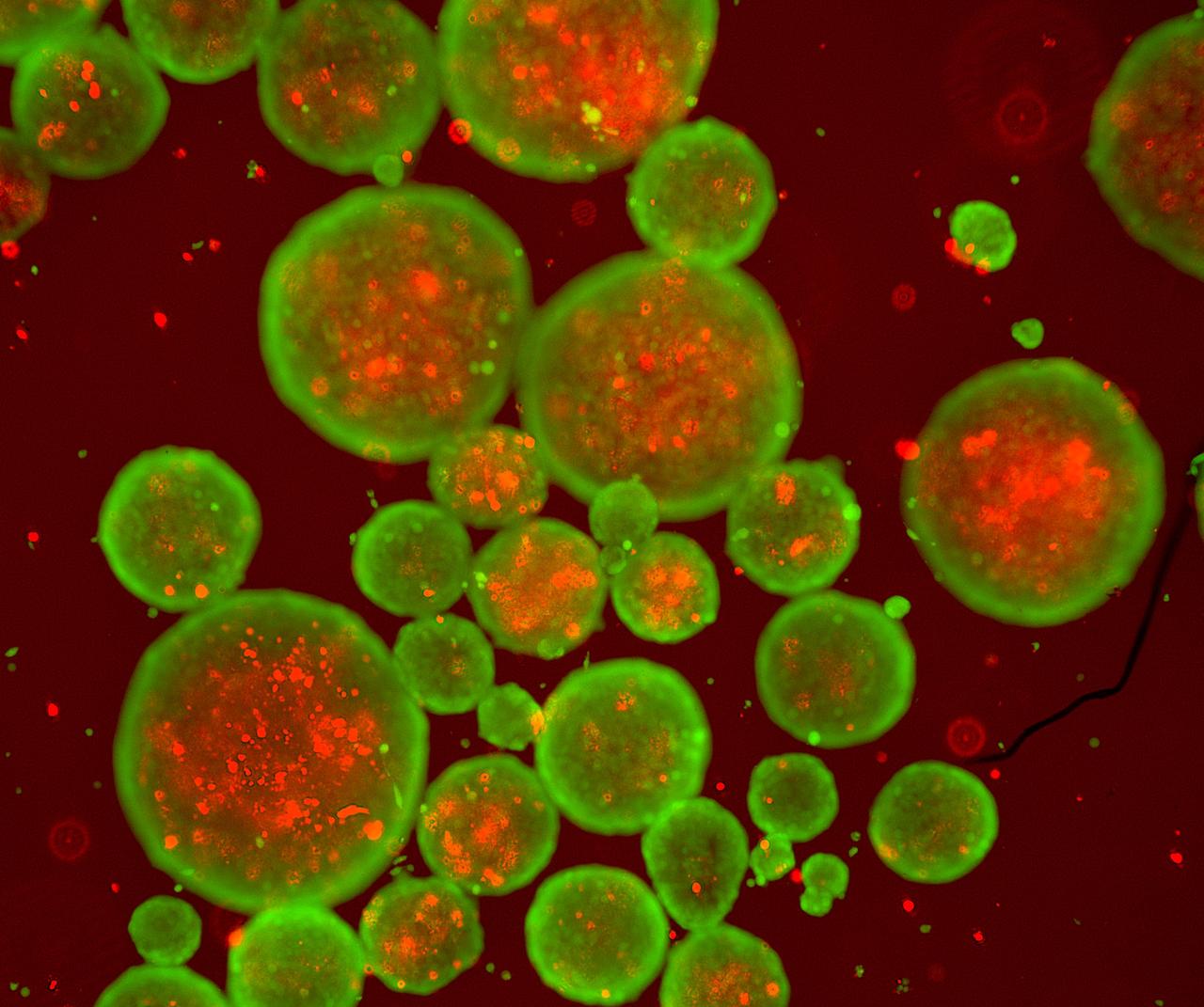Innovative insights
Explor how this technology is advancing and it impact on how biology is studied
-
The Future of Biology is 3D: Why 3D Cell Culture Is Transforming BiotechMay 2, 2025 at 4:00 AM
For decades, biology has been studied using 2D cell cultures, which fail to replicate the natural, three-dimensional environments cells experience in the body. 3D cell culture technologies now allow cells to grow and interact more naturally, leading to greater physiological relevance, improved drug discovery accuracy, and advanced disease modeling. These systems also enable innovations in regenerative medicine and precise control of the cellular microenvironment.
Looking ahead, 3D culture will empower personalized medicine, immune-integrated models, automated GMP manufacturing, and synthetic microenvironments that guide cell behavior. At Aloft Biotechnologies, we’re creating tunable 3D systems to not only support cell growth — but to instruct it — paving the way for smarter, safer therapies.
-
Revolutionizing cancer research with 3D cell culturesMay 16, 2025 at 2:51 PMIn the ever-evolving field of cancer research, 3D cell culture technologies are unlocking unprecedented potential, significantly transforming our understanding of tumor biology and treatment efficacy. By mimicking the natural environment of cells, these advanced cultures are paving the way for breakthroughs in personalized medicine, allowing for tailored therapies that align closely with individual patient profiles. As 3D cell culture models become mainstream, they are set to reshape the future of oncology, driving innovative cancer therapies that promise improved outcomes and a brighter future for patients battling this formidable disease.
-
The silent variable in cell culture: unintended hypoxiaSeptember 2, 2025 at 4:00 AM
Everyday choices in cell culture—medium depth, vessel type, cell density, handling routines—can create unseen oxygen gradients that push cells into mild hypoxia. That subtly rewires metabolism (toward glycolysis), activates HIF pathways, changes gene expression, and can derail reproducibility. You don’t need fancy gear to improve things: shallower media, reasonable densities, and better gas exchange go a long way.
-
Practical steps to minimize unintended hypoxia (low-lift, high-impact)September 2, 2025 at 4:00 AM
In the realm of tissue engineering and 3D cell culture technologies, understanding hypoxia is crucial due to its significant impact on cellular behavior and research outcomes. This blog post delves into essential strategies to prevent unintended hypoxia, ensuring optimal conditions for cell growth and functionality. Furthermore, we highlight innovative solutions that advanced 3D cell culture technologies offer, demonstrating how they enhance research results in stem cell and cancer applications.



